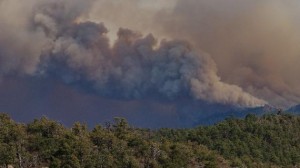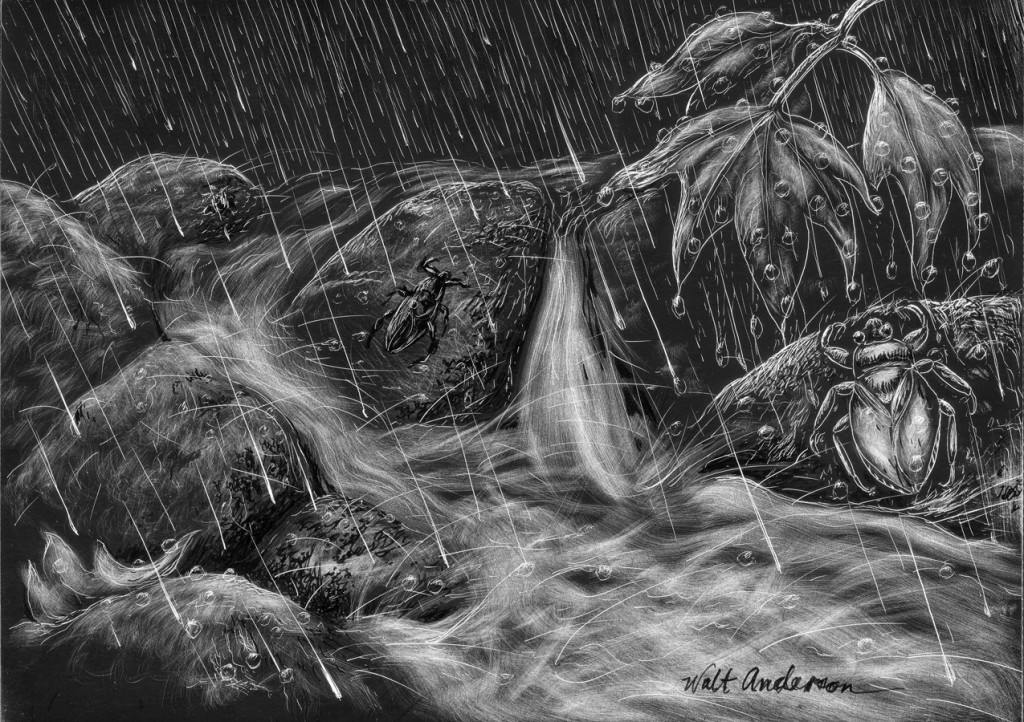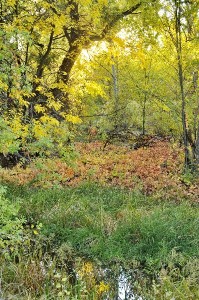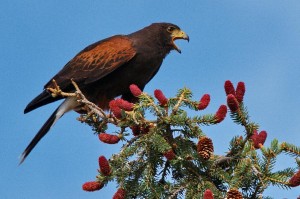
Horseshoe Two Fire, Chiricahuas
Hot winds batter the landscape, sucking whatever moisture they can coax from desiccated plants. Record-breaking temperatures challenge the survival skills of wildlife, as they and we wait for the merciful monsoonal rains, should they come in a month. We wait and watch, knowing that the first plume of smoke to rise skyward could create a blazing inferno defying our feeble but expensive efforts to limit the damage.
Arizona has endured droughts and heat waves before, but there are strong signs that human activities are exacerbating the challenges faced by the more-than-human world. The summer of 2011 saw huge tracts of forest burn up in the Southwest. I witnessed the dramatic Horseshoe Two Fire in the Chiricahuas, but in a summer of exceptional fires in both Arizona and New Mexico, that one was just the tip of the melting iceberg. That was the summer of the Wallow Fire in Arizona (largest in history), the Conchos Fire in New Mexico (also the largest recorded there), the Monument Fire in the Huachucas (which consumed the home and irreplaceable insect collections of one of my friends), and many fires in northern Mexico, where suppression was not even attempted. More than 2.1 million acres burned, over twice the previous record set in 2006 for these two states. Megafires. Unprecedented. Shocking. Continue reading




